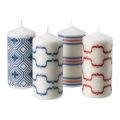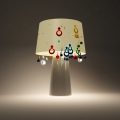Stylist Larisa MiroshnikPhoto Roman Travin, EgorNarizhnyPersia is considered the birthplace of the fancy cucumber pattern, where the design became widespread during the Safavid era, i.e. from the 16th century. Despite its common origins (originally it was a symbol of fertility), it decorated royal regalia and the clothes of the nobility. From Persia, the cucumber moved to India, and from there, along with embroidered Kashmir shawls, which were always taken as gifts from the colonies, it came to England. The shawls enjoyed such a wild success that at the beginning of the 19th century, the Scottish city of Paisley began producing imitations of them (hence the European name of the pattern).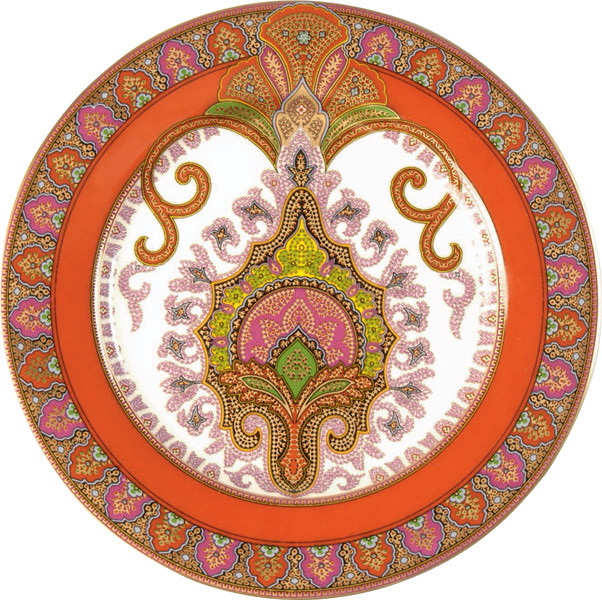 Paisley's Pattern
Paisley's Pattern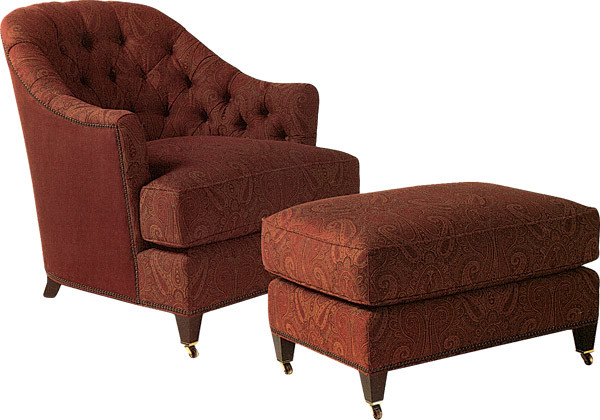 Paisley drawing
Paisley drawing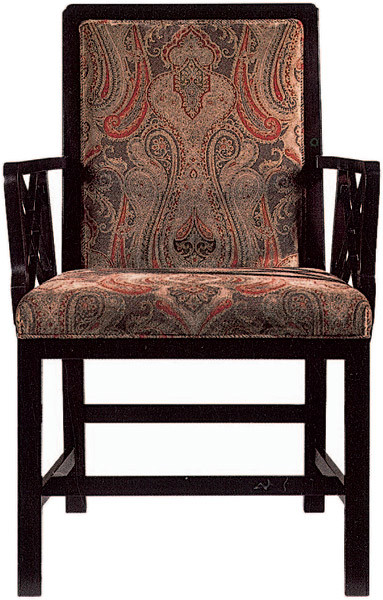
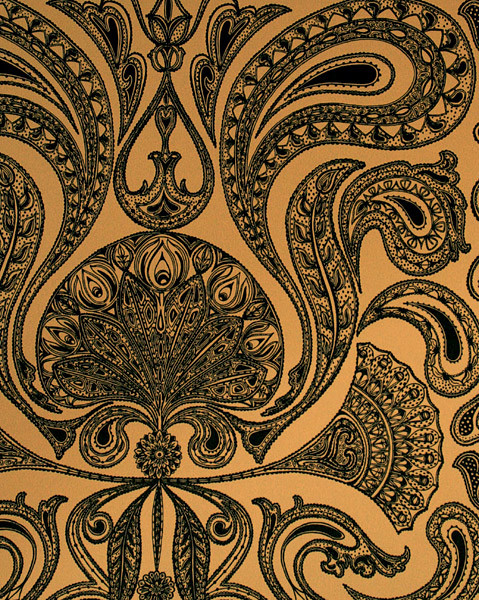 The production flourished for half a century, and then shawlsalong with the pattern itself, were forgotten for a whole century. The next explosion of popularity came in the 1960s: John Lennon even got himself a yellow Rolls-Royce decorated with paisley. And again decades of oblivion, from which the pattern owes its return primarily to the Italian brand Etro. Back in the 1980s, it made the cucumber its signature symbol and since then has not ceased to amaze with the abundance of modern variations on this theme. While Etro decorated textiles with an oriental pattern, the English brand Cole & Son released several wallpaper collections with it, which immediately became classics. Then other designers caught up, including the House of Kenzo. Now cucumbers grow everywhere - from curtains and wallpaper to porcelain tableware: orientally refined, generous and luxurious.
The production flourished for half a century, and then shawlsalong with the pattern itself, were forgotten for a whole century. The next explosion of popularity came in the 1960s: John Lennon even got himself a yellow Rolls-Royce decorated with paisley. And again decades of oblivion, from which the pattern owes its return primarily to the Italian brand Etro. Back in the 1980s, it made the cucumber its signature symbol and since then has not ceased to amaze with the abundance of modern variations on this theme. While Etro decorated textiles with an oriental pattern, the English brand Cole & Son released several wallpaper collections with it, which immediately became classics. Then other designers caught up, including the House of Kenzo. Now cucumbers grow everywhere - from curtains and wallpaper to porcelain tableware: orientally refined, generous and luxurious.

Making Money with Desserts: Success Stories
Evgeniya Polischuk (Fedutinova) instagram:@evgeniyafedutinovavk.com/janeshomebaking– It all started with baking for family and friends. Gradually, I started posting photos of my baked goods on Instagram – and orders started coming in. I made my first custom-made cake on October 13, 2014, and a little earlier I started making macaroons and cupcakes. You could say that the business “found me”, I am very […]

Soups are cold recipes with photos
Cold cucumber soup with yogurt and lemonsorbet from the chef of the restaurant La Taverna Alexander Zhurkin Photo: Getty Images Ingredients: Plain yoghurt – 125 g Cucumber – 150 g Lemon/lime sorbet – 50 g Cocktail shrimp – 24 g Fresh ginger juice – 1 g Lime juice – 5 g Fresh orange juice – 5 g Parsley – 1 g Pink pepper – 1 g Watercress – […]

barbeque kebab
Pork tenderloin in glaze Photo:Dmitry Bayrak/dbstudioPreparation time: 20 minutes + marinating time.Calories: 454 kcal per serving.For 4 servings: 4 pork tenderloins (approximately 300 g each), 1 onion, 2 cloves of garlic, 1 tsp. lemon zest, 1 tsp. lemon juice, a pinch of ground cumin, coriander and turmeric, 1 tbsp. vegetable […]

Pierre Duacan: dietary recipes: Ducane diet
Beetroot soup Photo:Season’S, Luxury Hotels RepresentationYou will need:· Boiled beetroot – 60 g· Fresh cucumbers – 20 g· Red radish – 20 g· Green onions – 10 g· Egg – 1 pc.· Drinking mineral water – 200 g· Salt – 1 gPreparation:· Boil the egg and beetroot.· Grate the cucumbers, radish and part of the beetroot. Put everything […]

